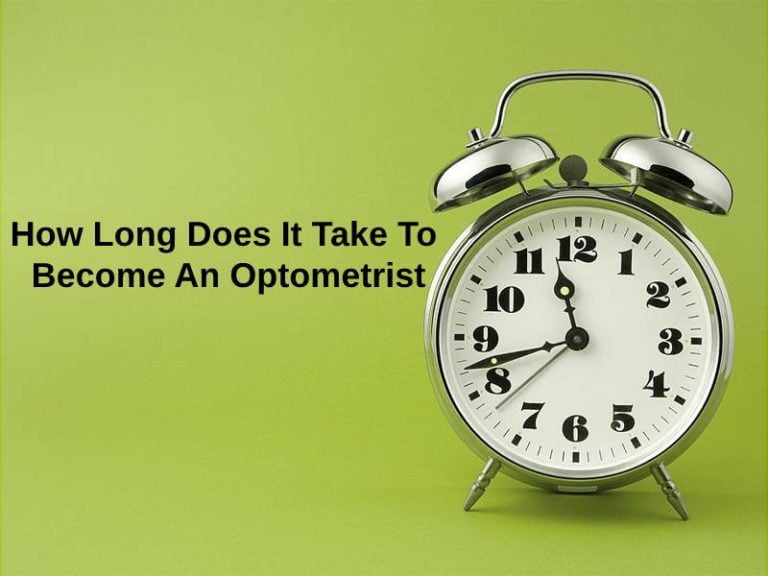How Long Does It Take to Become an Optometrist?

<!DOCTYPE html>
Becoming an optometrist is a rewarding career path that combines healthcare, science, and patient care. If you’re wondering, “How long does it take to become an optometrist?”, the journey typically spans several years, involving education, training, and licensure. This blog will break down the steps, timelines, and key considerations to help you understand the process.
Educational Path to Becoming an Optometrist

The journey to becoming an optometrist begins with a strong educational foundation. Here’s a breakdown of the steps:
1. Undergraduate Degree (4 Years)
Most optometry programs require a bachelor’s degree as a prerequisite. While there’s no specific major required, courses in biology, chemistry, physics, and mathematics are highly recommended. This stage lays the groundwork for advanced optometric studies. (optometry education, pre-optometry courses)
2. Optometry School (4 Years)
After completing your undergraduate degree, you’ll attend a Doctor of Optometry (OD) program, which typically lasts 4 years. The curriculum includes classroom instruction, laboratory work, and clinical rotations. You’ll learn about eye anatomy, vision disorders, and patient care techniques. (Doctor of Optometry, optometry school duration)
| Year | Focus Area |
|---|---|
| 1 | Basic Sciences and Optometric Foundations |
| 2 | Clinical Skills and Patient Interaction |
| 3 | Advanced Clinical Rotations |
| 4 | Specializations and Externships |

3. Licensure and Certification
After graduating from optometry school, you must obtain a license to practice. This involves passing the National Board of Examiners in Optometry (NBEO) exams and meeting state-specific requirements. Some optometrists also pursue certifications in specialties like pediatrics or low vision care. (optometry licensure, NBEO exams)
Additional Training and Specializations

While the core path to becoming an optometrist takes approximately 8 years (4 years undergraduate + 4 years optometry school), some professionals choose to pursue additional training:
- Residency Programs (1-2 Years): These programs offer advanced training in areas like ocular disease, contact lenses, or pediatric optometry. (optometry residency, specialized training)
- Fellowships: Fellowships provide even more specialized training and are often research-oriented. (optometry fellowships, advanced optometric studies)
📌 Note: The total time to become an optometrist can range from 8 to 10 years, depending on your career goals and additional training.
Key Steps to Becoming an Optometrist

Here’s a checklist to guide you through the process:
- Complete a bachelor’s degree with pre-optometry courses.
- Pass the Optometry Admission Test (OAT) for admission to optometry school.
- Enroll in and complete a 4-year Doctor of Optometry program.
- Pass the NBEO exams and obtain state licensure.
- Consider residency or fellowship for specialization. (optometry career path, becoming an optometrist)
Becoming an optometrist requires dedication and a commitment to lifelong learning. Whether you’re just starting your journey or are already on the path, understanding the timeline and requirements is crucial for success. (optometry career, eye care professional)
What is the minimum education required to become an optometrist?
+A Doctor of Optometry (OD) degree, which typically requires a 4-year undergraduate degree followed by a 4-year optometry program. (optometry education requirements)
How long does optometry school take?
+Optometry school typically lasts 4 years, covering classroom instruction, laboratory work, and clinical rotations. (optometry school duration)
Do I need a residency to practice optometry?
+No, a residency is optional and is pursued for advanced training in specific areas of optometry. (optometry residency, specialized training)



